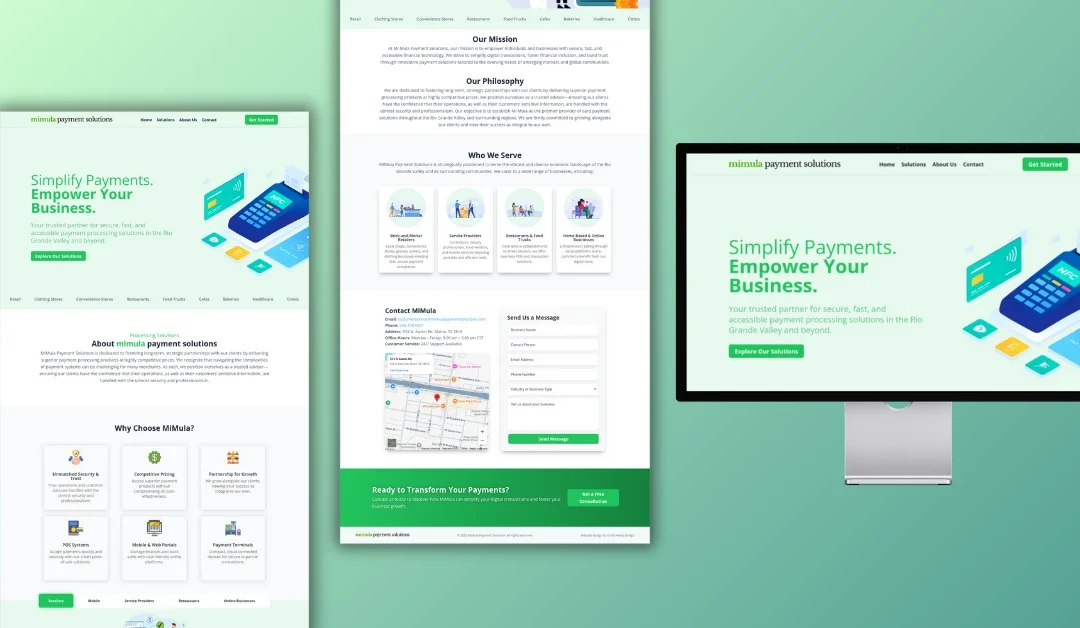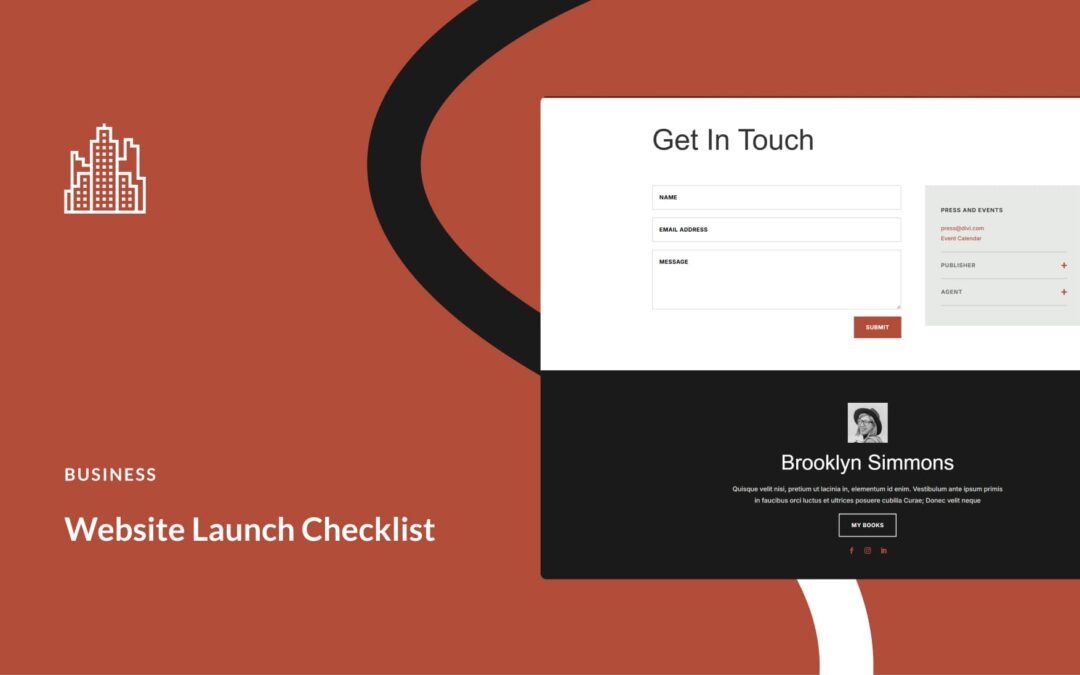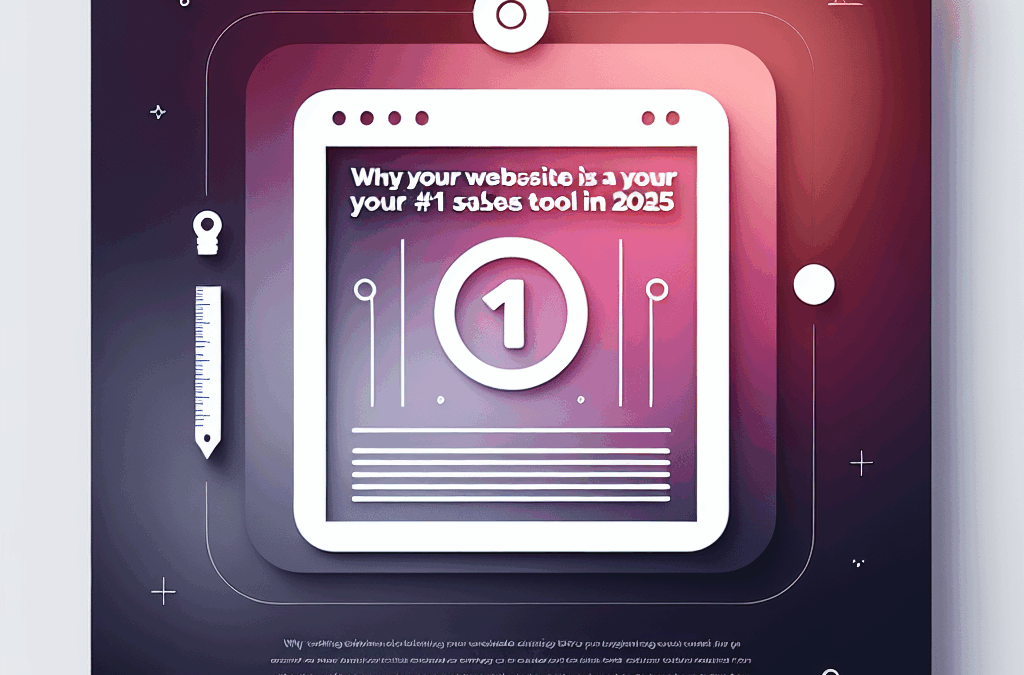In today’s digital age, having a strong online presence is essential for small business owners. If you’re based in South Texas and looking to attract more customers, you might be wondering how to improve your website’s visibility. One effective way to do this is through blogging. At Ericks Webs Design, we’re all about helping local businesses like yours thrive online. In this post, we’ll explore how blogging can enhance your SEO—even if writing isn’t your strong suit.
Why Blogging Matters for SEO
When potential customers search for products or services online, you want your business to appear at the top of search engine results. This is where Search Engine Optimization (SEO) comes into play. Blogging helps improve your SEO in various ways:
-
Keywords Galore
Each blog post allows you to incorporate relevant keywords that your target audience is searching for. For instance, if you own a local restaurant in McAllen, writing a post about “best Tex-Mex dishes in McAllen” can attract locals searching online. The more optimized keywords you include, the better your chances of ranking higher on search engines. -
Fresh Content
Search engines prioritize websites that consistently update their content. By regularly publishing blog posts, you demonstrate that your website is active and relevant. Consider a local florist—posting seasonal flower arrangement ideas or tips for caring for houseplants keeps the content fresh and engaging. - Engagement and Backlinks
Quality blog content encourages readers to stay on your site longer and can even lead to other websites linking back to yours. If you write a post on “Best Spots for Family Outings in South Texas,” local tourism websites may link to your blog as a reference, boosting your site’s credibility.
Types of Blog Posts That Work
You may think blogging is reserved for seasoned writers, but that’s far from the truth. Here are some beginner-friendly post ideas that any business owner can tackle:
1. How-To Guides and Tips
Write a simple guide related to your industry. For example, if you run a landscaping business, a post titled “How to Maintain Your Lawn in the South Texas Heat” can provide real value to your readers while showcasing your expertise.
2. Customer Stories and Testimonials
Highlight satisfied customers by sharing their stories. If you operate a pet grooming service, writing about a client’s experience with their newly groomed furry friend will resonate with other pet owners and encourage them to book an appointment.
3. Local Spotlights
Feature local attractions, events, or other businesses. This fosters community connections and can encourage reciprocal sharing among local businesses, leading to potential backlinks. An example could be a blog on “Top Family-Friendly Activities in McAllen This Summer.”
4. FAQs
Compile common questions your customers ask and provide comprehensive answers. If you’re a fitness trainer, consider a post titled “Frequently Asked Questions About Starting a Fitness Journey.” This establishes your authority while directly addressing customer concerns.
Making Blogging Work for You
You might feel overwhelmed at the thought of writing blog posts, but there are several strategies to simplify the process:
1. Set a Schedule
Consistency is key. Whether you choose to post weekly or monthly, having a content calendar will keep you on track. Start with one post a month and gradually increase as you become more comfortable.
2. Use Simple Tools
Even if you’re not a writer, various tools can help. Grammarly checks your spelling and grammar, while platforms like Canva can help you create engaging visuals. You don’t have to reinvent the wheel!
3. Collaborate with Others
If writing isn’t your forte, consider collaborating with someone who enjoys it. Whether it’s an employee or a friend, a fresh perspective can make the process more enjoyable and less stressful.
Success Stories from Local Businesses
Let’s look at a couple of local success stories. One small bakery in McAllen incorporated a blog into their website, writing about their crafting of unique recipes and highlighting local sourcing of ingredients. Within months, they saw a 40% increase in online orders!
Another local gym began writing blog entries detailing workout tips and nutrition advice. Not only did their online engagement double, but they also attracted new members who appreciated their expertise.
Call to Action
Are you ready to boost your online presence and enhance your SEO through blogging? At Ericks Webs Design, we’re here to guide you every step of the way, no matter your writing skills. Sign up today for a free consultation and let’s explore how we can help your business shine online!
Incorporating a blog into your website is a powerful way to improve your SEO while connecting with your audience. With a bit of creativity and consistency, you can take your online presence to the next level, enabling your South Texas business to thrive. Don’t hesitate to reach out to us at Ericks Webs Design—we’re looking forward to hearing your story!
SEO










